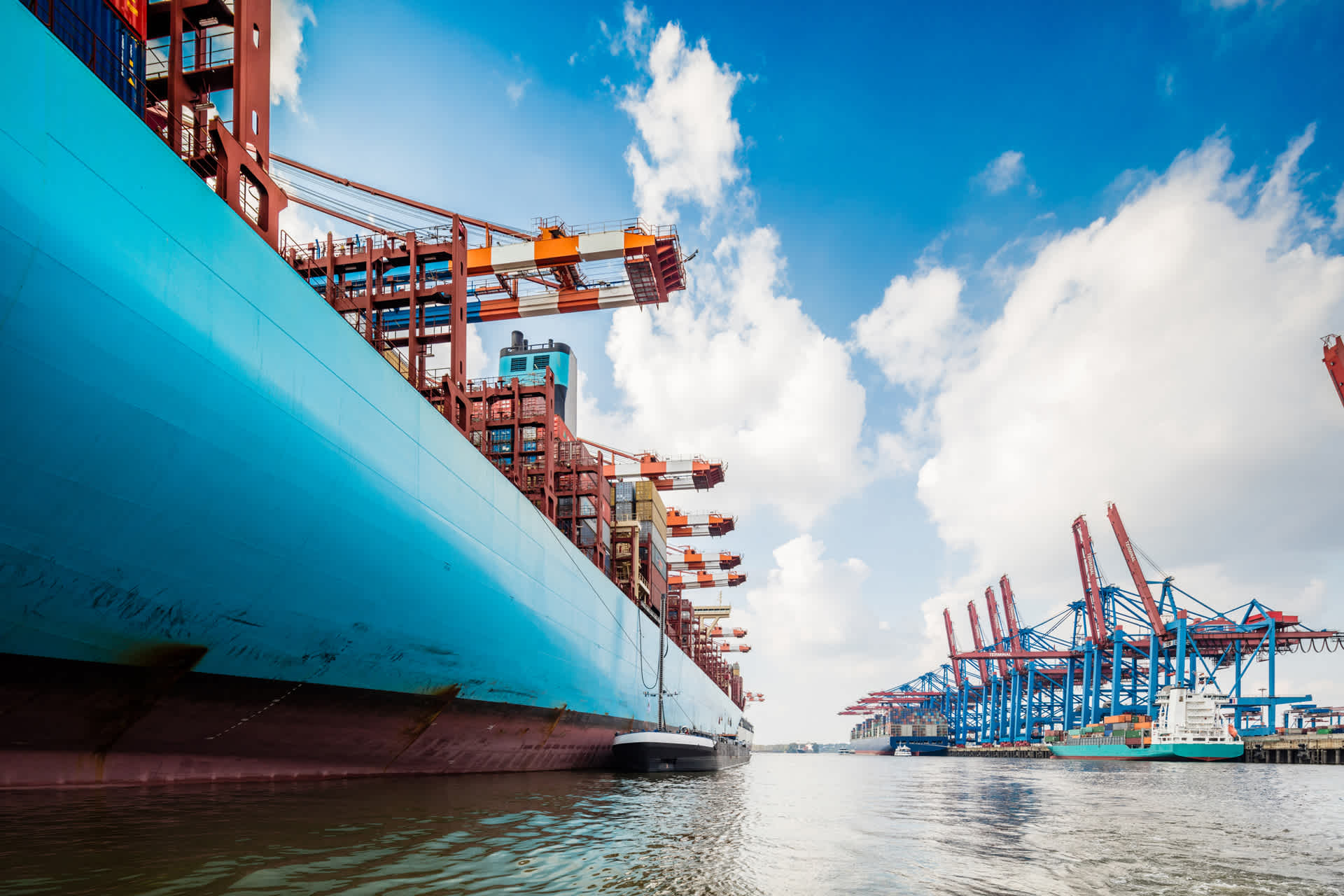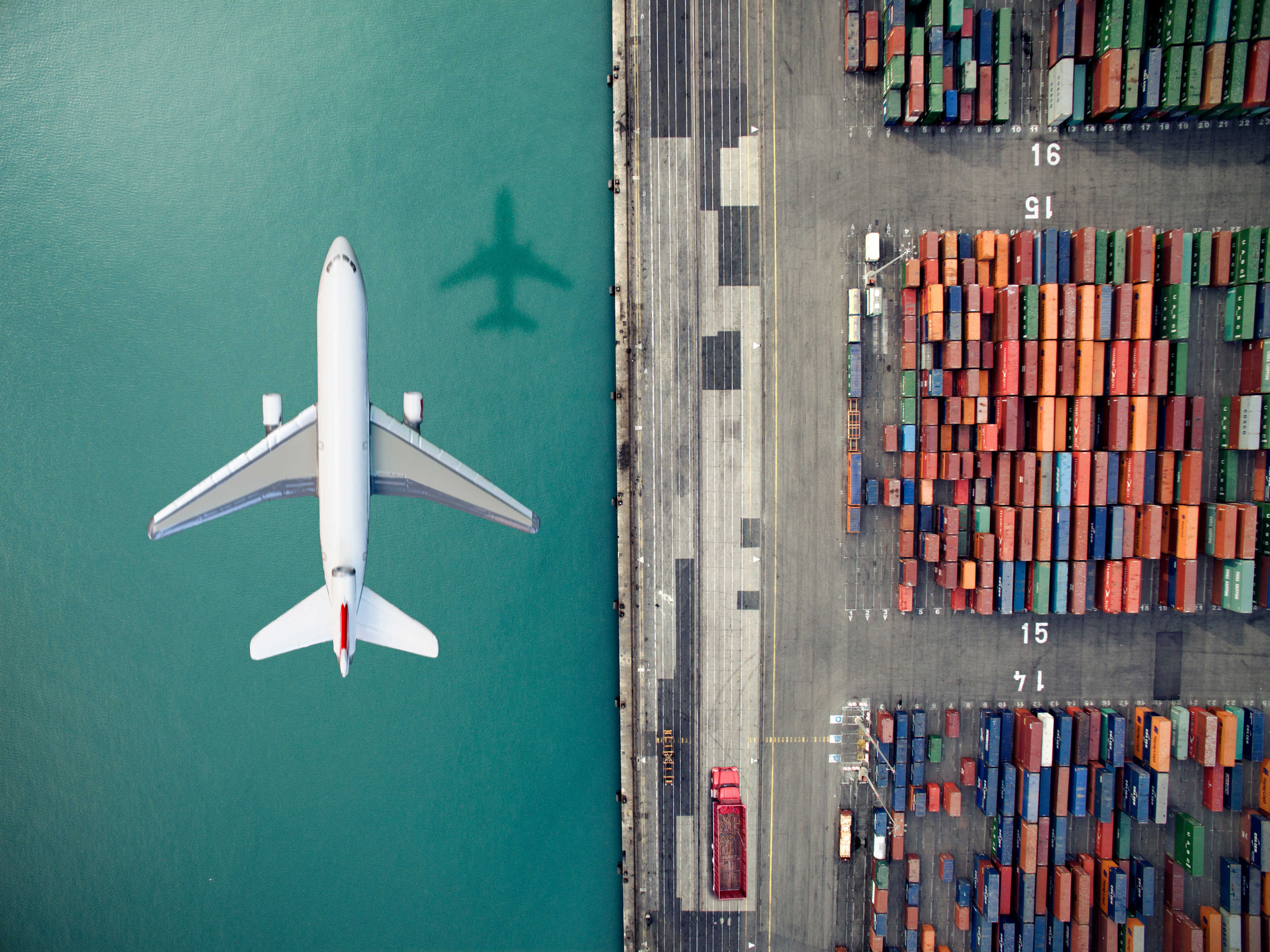Global Logistics Update
Freight Market Update: October 20, 2020
Ocean and air freight rates and trends; customs and trade industry news plus Covid-19 impacts for the week of October 20, 2020.
Freight Market Update: October 20, 2020
Ocean Freight Market Update
Asia → North America (Transpacific Eastbound)
- Rates: Steady
- GRI October 15: Waived
- GRI November 1: Likely implemented
- Capacity: Recommend advanced booking notice 14 days prior to CRD
- Notes: Carrier equipment shortages and capacity constraints are at all-time difficult levels. Vessels from all major carriers and POLs are booked out at 100%+ capacity, and are delaying releasing SO. We expect capacity constraints to continue through the rest of Q4.
Asia → Europe (Far East Westbound)
- Rates: Increase
- GRI October 1: Partially Implemented
- GRI October 15: Partially Implemented / Some extensions by carriers
- Capacity: Recommend advance booking notice at least 21 days prior to CRD
- Notes: Fast recovery post Golden Week. Market expected to be very strong in Oct/Nov. There is still severe equipment shortage and it is necessary to be flexible on equipment substitution where possible (40’ST and 40’NOR instead of 40’HC). In the UK, carriers are looking to reduce cargo into Felixstowe due to congestion and haulage limitations. Recommend diverting to other UK ports with fewer problems.
Europe → North America (Transatlantic Westbound)
Rates: Steady from North Europe base ports, Increase from Turkey origins ($100-200/box)
GRI October 1: Implemented
GRI November 1: Unlikely Implemented
Capacity: Recommend advanced booking notice 21 days prior to CRD
Notes: Strong market outlook with full vessels until end of November. Premium services available with a number of carriers to secure priority loading and equipment. Equipment shortages in Turkey.
New blank sailings announced by THE Alliance in week 46 and 48 on the AL1 and AL4 service to US East Coast and Gulf destinations, a reduction of approx. 18% and 11% of capacity in the respective weeks. No blank sailings announced from MED origins.
India → North America
Rates: Indamex: Steady; USWC: Steady; USEC: Steady
GRI October 15: None
Capacity: Recommend advanced booking notice 14 days prior to CRD
Notes: Equipment shortages, particularly 40’HC equipment types, persist across India especially at local ICD’s. Due to the equipment shortages in the region, carriers have begun to implement equipment repositioning fees and no show fees. Space is still very tight due to demand across the Asia/ISC region.
North America → Asia
- Rates: Steady
- GRI October 15: None
- GRI November 1: None
- Capacity: Recommend advanced booking notice 7 to 10 days prior to CRD at Port
- Capacity: Recommend advanced booking notice 10 to 14 days prior to CRD at Rail Ramp
- Chassis availability is tight at most major ports and rail ramps and would recommend sufficient lead time for truckers to procure chassis.
- 40’ container shortages reported at Detroit and Kansas City rail ramps.
North America → Europe
- Rates: Steady
- GRI October 15: None
- GRI November 1: None
- Capacity: Recommend advanced booking notice 7 to 10 days prior to CRD at Port
- Capacity: Recommend advanced booking notice 10 to 14 days prior to CRD at Rail Ramp
- Chassis availability is tight at most major ports and rail ramps. Recommend sufficient lead time for truckers to procure chassis.
- 40’ container shortages reported at Detroit and Kansas City rail ramps.
Air Freight Market Update
Asia
- The peak season has arrived! Rates exit China spiked this week to over $8.50 USD per kg to North America. All of the anticipated product launches are now shipping in large volumes.
- Rates in HKG are lagging mainland China but are expected to quickly catch up in the coming week.
- Capacity in many other SE Asian origins continues to be very tight as ground-handling congestion grows in key airports like BKK and SGN with extremely long truck wait times and subsequent delays in getting freight built for the flight.
Americas
- Capacity on the TAWB is highly constrained.
- US rates have increased, especially in the EC and midwest where capacity is particularly short.
- Pre-booking is needed and longer transit times are to be expected.
Europe
- On the FEWB, we finally see the expected PEAK season with rates up more than 2x the previous week. A key driver of the demand surge has been large automotive projects by Daimler Benz and BMW that have consumed hundreds of tons of airfreight capacity daily and created capacity shortages continent wide.
- Capacity is tight and longer transit times are expected especially from the key gateways of AMS and FRA.
Factory Output News
- China economy expands 4.9% in third quarter [source]
- Vietnam’s textile manufacturers have shifted their production to surgical face masks and other personal protective equipment as the demand for garments and apparels have fallen due to the pandemic. [Source: Nikkei]
- Malaysia districts including Kuala Lumpur, Selangor and Putrajaya have been placed on tight restrictions to combat rapidly increasing spread of virus. The Conditional Movement Control Order (CMCO) will be enforced from Oct 14 until Oct 27. The economic sector will be allowed to operate to minimize impact to the economy. [Source: CNA]
- Thailand Pro-democracy protests in Bangkok have intensified despite the arrests of key leaders over the weekend. The demonstrators call for the ousting of Prime Minister Prayut Chan-o-cha and reforms to King Maha Vajiralongkorn's monarchy. No disruption to business operations have been reported so far. [Source: CNA]
- Japan parts makers see orders swell as rivals fill Huawei void [Source: Nikkei]
- Europe’s new Covid outbreaks raise threat of double-dip recession. Rising infections and lockdown measures could stymie recovery. [Source: FT]
- Italy Coping with Covid: an Italian manufacturer stifled by the global economy. PBA’s revenues had picked up, but the virus continues to rage in the US and its European export markets. [Source: FT]
Updates from Flexport's Customs & Compliance Team
Presidential Proclamation to End Bifacial Exemption on Solar Cells
On October 10th, President Donal Trump issued a proclamation revoking the exclusion of bifacial panels from safeguard tariffs on solar panels. These tariffs, originally established in 2018, imposed a safeguard measure for a period of 4 years that included a tariff rate quota on certain crystalline silicon photovoltaic (CSPV) cells provided for under subheading 8541.40.6025, and an increased duty rate on CSPV products imported over-quota. The proclamation would also increase the over-quota duty rate on crystalline solar photovoltaic cells from 15 to 18 percent for the fourth year of the safeguard. The changes go into effect on October 25th.
World Trade Organization Approves EU Tariffs of $4 Billion on U.S. Goods
The European Union (EU) was cleared by the World Trade Organization (WTO) on October 13th to impose tariffs on $4 billion worth of U.S. goods. The WTO ruling was sought in retaliation for U.S. subsidies to Boeing. Last October, in response to state aid for Airbus, the WTO granted the U.S. the right to impose tariffs on $7.5 billion worth of EU goods.
CBTPA Renewal Signed Into Law
On October 10th, the President signed into law the Extension of the Caribbean Basin Economic Recovery Act (CBPTPA) which provides preferential duty treatment of textile and apparel imports with U.S. inputs from certain Caribbean countries. The renewal, which will last for 10 years, will apply retroactively to the day it expired, September 30, 2020.
CBP Proposal to Exclude Section 301 Goods from de Minimis
Customs & Border Protection (CBP) submitted a proposal for regulatory change to the Office of Management and Budget (OMB) on September 2nd that would end the $800 de minimus exemption for goods subject to Section 301 tariffs. As of October 19th, this proposal is still pending review by the OMB.
U.S. & Brazil Reach Agreement on Limited Trade Deal
On October 19th, the United States and Brazil signed a new protocol, updating the 2011 Agreement on Trade and Economic Cooperation (ATEC) with three annexes for Customs Administration and Trade Facilitation, Good Regulatory Practices, and Anticorruption. Brazil is currently the 14th largest trading partner of the U.S.
Economic highlights from Flexport Chief Economist Dr. Phil Levy
- US retail sales grew more strongly than expected, up by 1.9% from August to September and 5.4% from 2019. There have been sharp differences among different types of retail. Comparing the first 9 months of 2020 to 2019, there were drops in furniture (-8.8%), electronics (-15.8%), and clothing store sales (-32.6%), but increases in grocery (11.9%), building and garden (12.8%), and “nonstore retail” (20.5%).
- US industrial production fell 0.6% in September after 4 months of gains. Manufacturing fell 0.3%, leaving it 6.4% below its level from February.
- Manufacturing capacity utilization also dropped slightly in September.
- US unemployment insurance initial claims rose to 898K, their highest level since late August.
- China Q3 GDP grew 4.9%, year over year. While somewhat weaker than expected, it was notably better than the first two quarters of the year. China also reported September exports up 9.9% over a year earlier, with imports up 13.2%.
- Japan September exports fell by 4.9% versus September 2019. The drop was less dramatic than those of the previous 6 months, and exports to the US grew 0.7%.
Freight Market News
Vaccine Transporters Share Uncertainty A survey conducted in part by The International Air Cargo Association reveals the industry is facing concerns about the logistics of moving 10 billion COVID-19 vaccine doses. Reuters reports freight forwarders and airlines are ready to invest in infrastructure for transport, but ground handlers await more information to plan.
Container Demand Reaches Extremes The container market has hit a ceiling with almost all boxes fully booked and no availability to have more built. American Shipper reports an enduring peak season is threatening to halt shipments and create empty shelves in a so-called ‘shipageddon.’
Drayage Struggles to Recover Port congestion and a shortage of drivers is limiting economic recovery for drayage, according to the Journal of Commerce. Many drivers found other careers at the height of COVID-19.
Freight Market Update is a free service from Flexport, the modern freight forwarder. If you're not already a subscriber, we invite you to subscribe here.
Please note that the information in our publications is compiled from a variety of sources based on the information we have to date. This information is provided to our community for informational purposes only, and we do not accept any liability or responsibility for reliance on the information contained herein.


